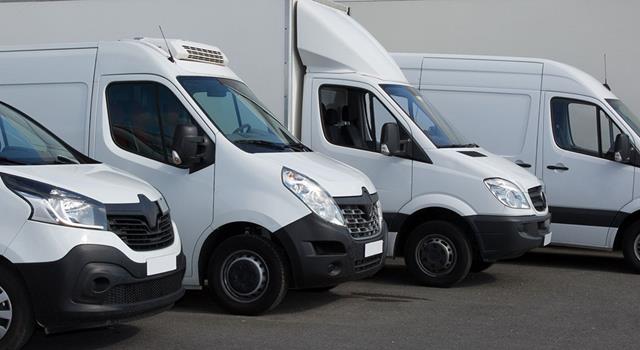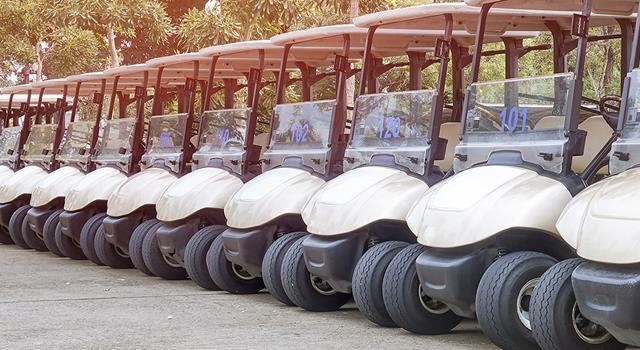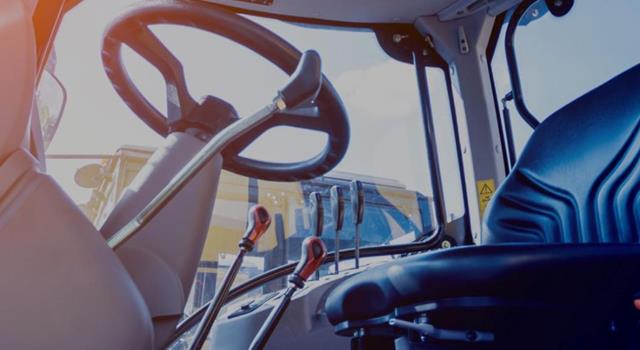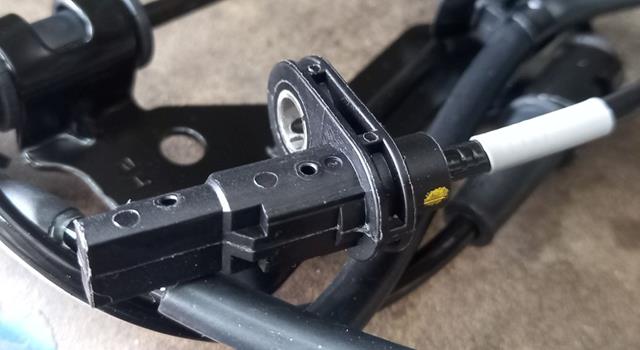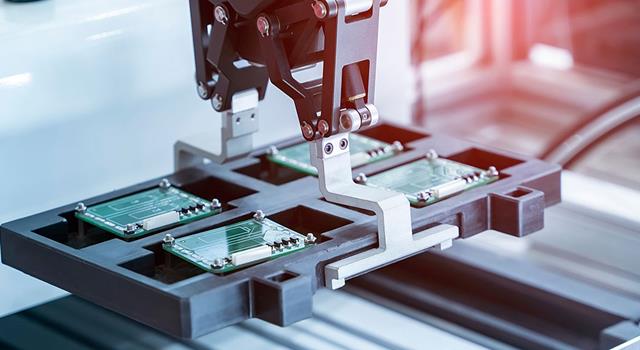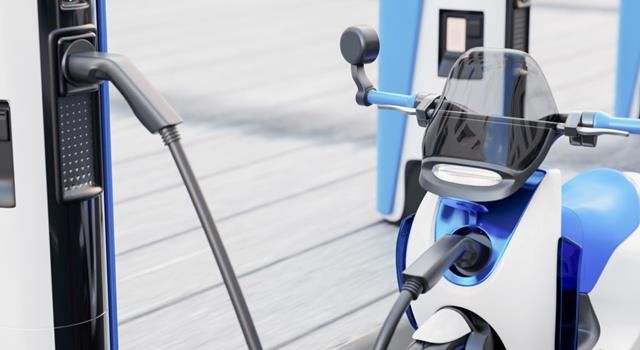The instrument cluster, a staple in commercial vehicles, has undergone a remarkable transformation over the years. From basic analog dials to advanced digital displays, these clusters have evolved significantly, paving the way for enhanced driver experiences and safety. This blog delves into the world of customizable instrument clusters, examining their impact and importance in the commercial vehicle industry.
The Basics of Instrument Clusters
At its core, an instrument cluster is the primary interface that displays critical information to the driver. In commercial vehicles, it shows speed, fuel level, engine temperature, and other vital data. Traditional clusters relied heavily on mechanical gauges and simple lights. However, modern clusters have shifted towards digital displays, offering more information and flexibility.
The Rise of Customization in Commercial Vehicles
Customization in instrument clusters has been a game-changer, influenced significantly by technological advancements. Modern digital displays allow a level of personalization previously unimaginable. For fleet operators and drivers, this means tailored information delivery, enhancing both operational efficiency and driving experience.
Features of Customizable Instrument Clusters
Today's customizable clusters boast several impressive features:
- Digital Displays: These offer dynamic layouts and the ability to prioritize critical information.
- User Personalization: Drivers can adjust settings to display the information most relevant to them, improving their focus and decision-making.
- System Integration: Modern clusters often integrate with GPS and diagnostic systems, providing real-time data and alerts.
User Experience and Safety Enhancements
Customizable instrument clusters contribute significantly to user experience and safety. They help in reducing cognitive overload by presenting information in a more organized manner. Enhanced visibility and alert systems contribute to increased safety. Real-world examples, such as reduced accident rates due to better alert systems, underscore these benefits.
The Future of Instrument Clusters in Commercial Vehicles
As we look to the future, the integration of AI, Augmented Reality (AR), and Internet of Things (IoT) technologies with instrument clusters is imminent. These advancements could lead to even more personalized and interactive displays. In the era of autonomous vehicles, the role of these clusters might shift but will remain integral in providing critical information.
Customizable instrument clusters represent a significant leap in the evolution of commercial vehicle technology. They enhance not just the driver's experience but also contribute to safer and more efficient vehicle operations. As technology continues to advance, we can expect even more innovative developments in this area.






